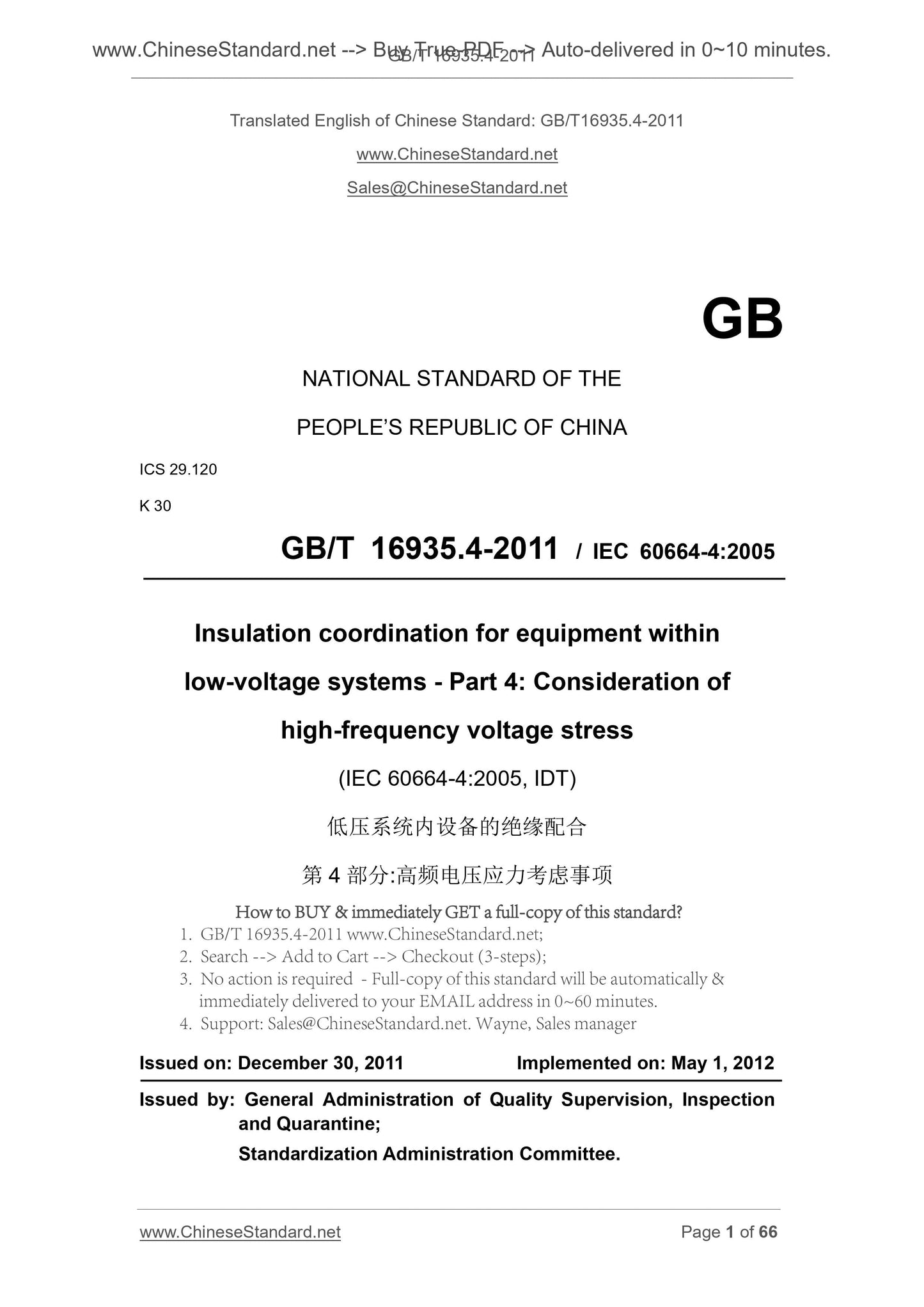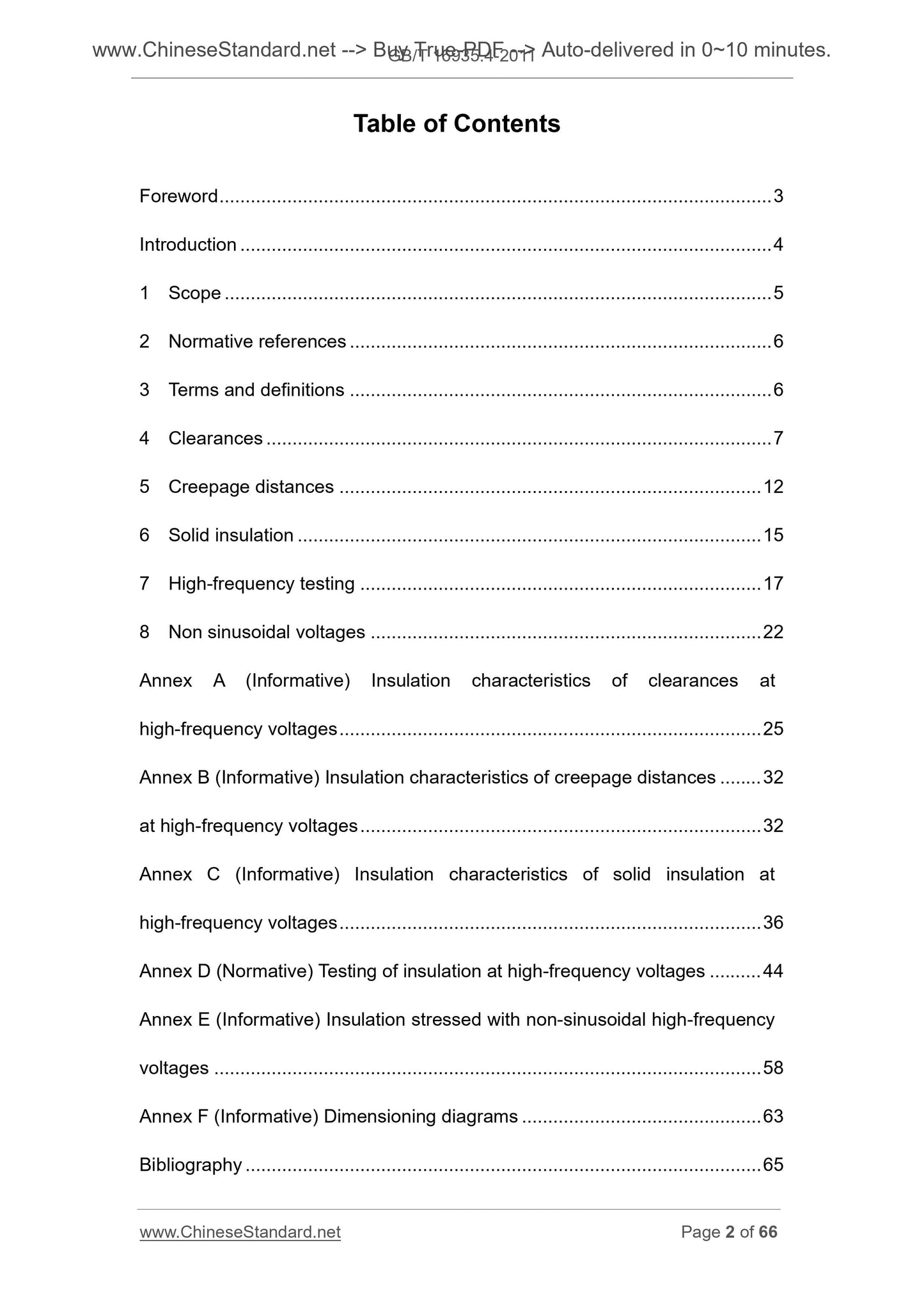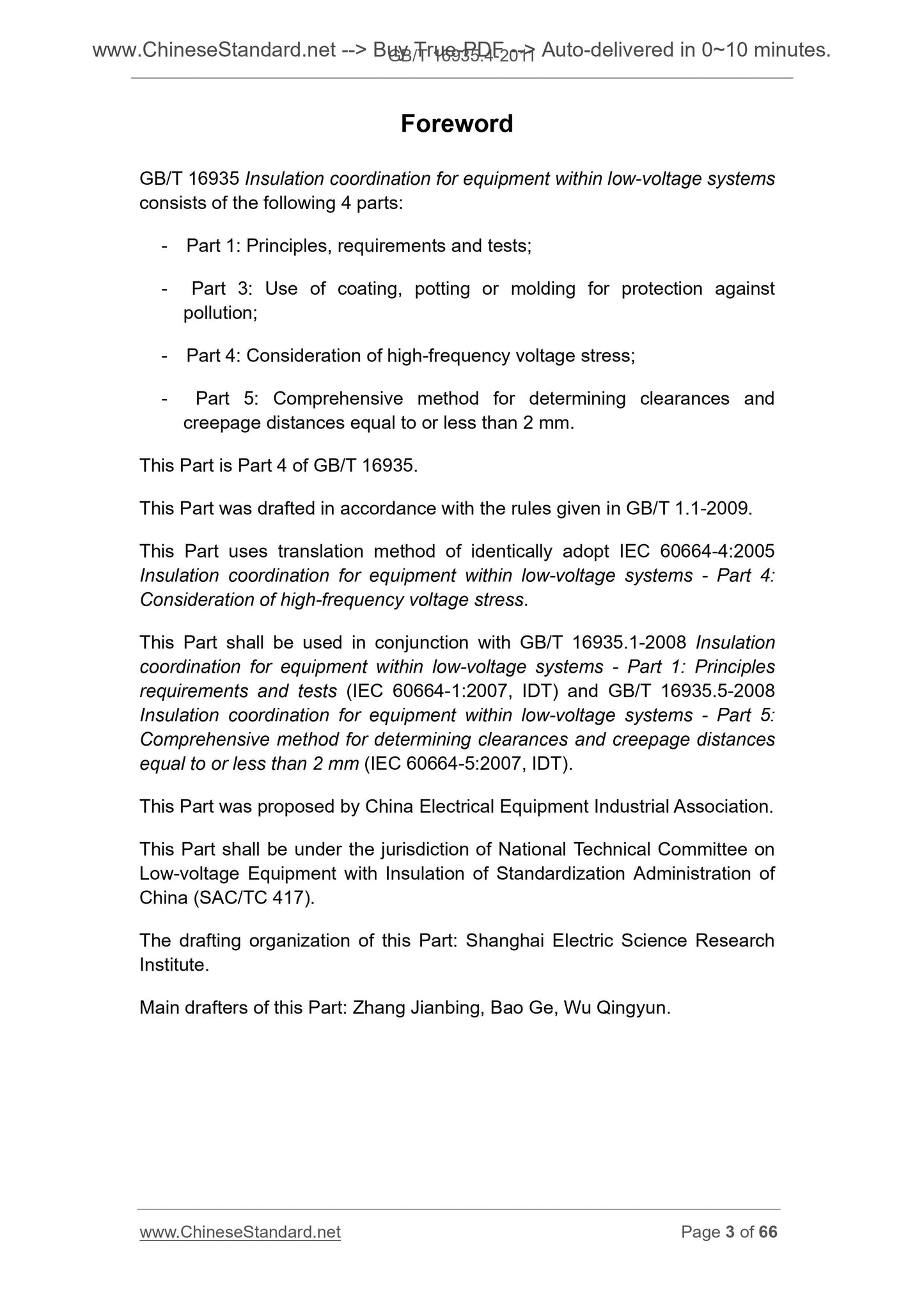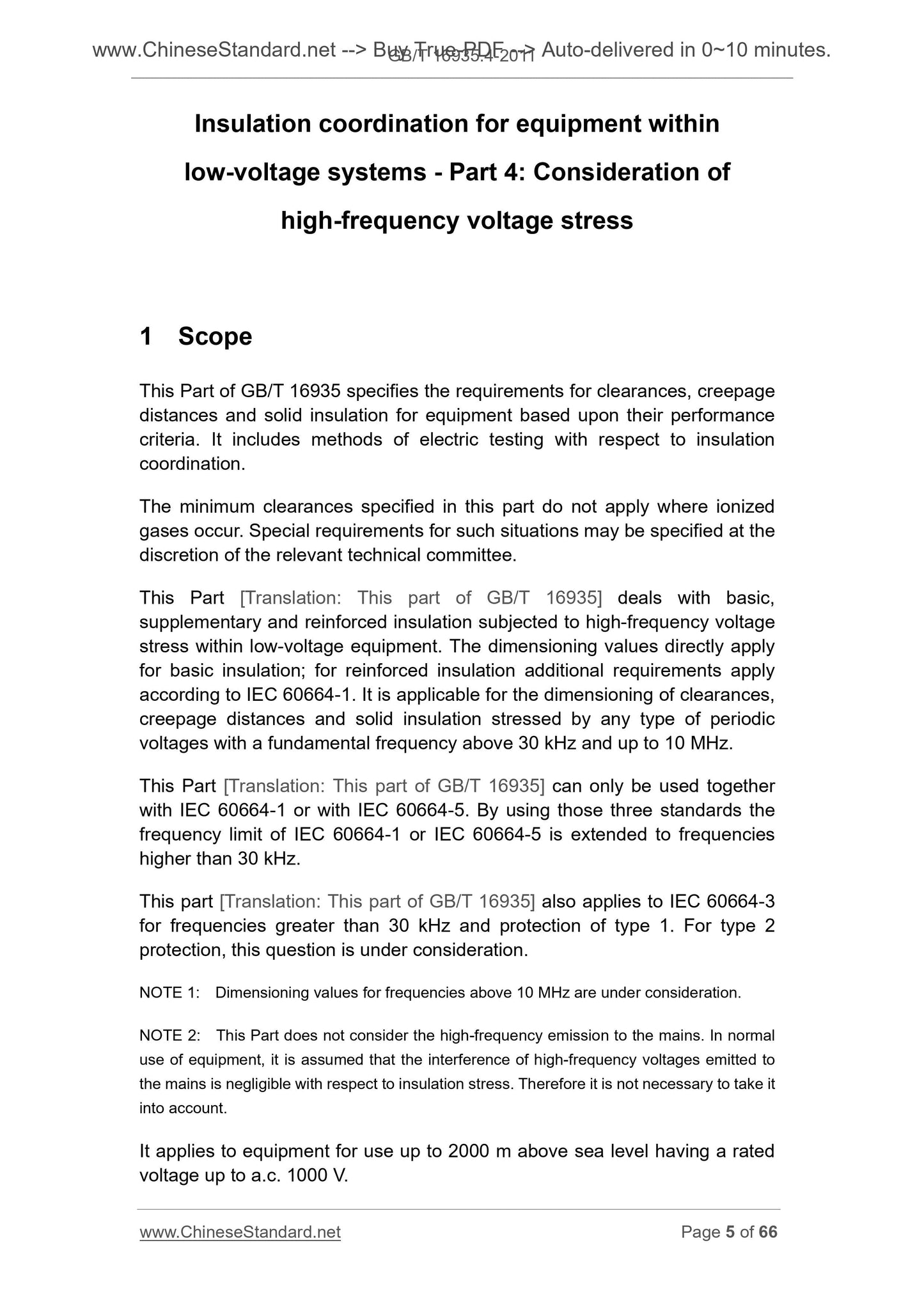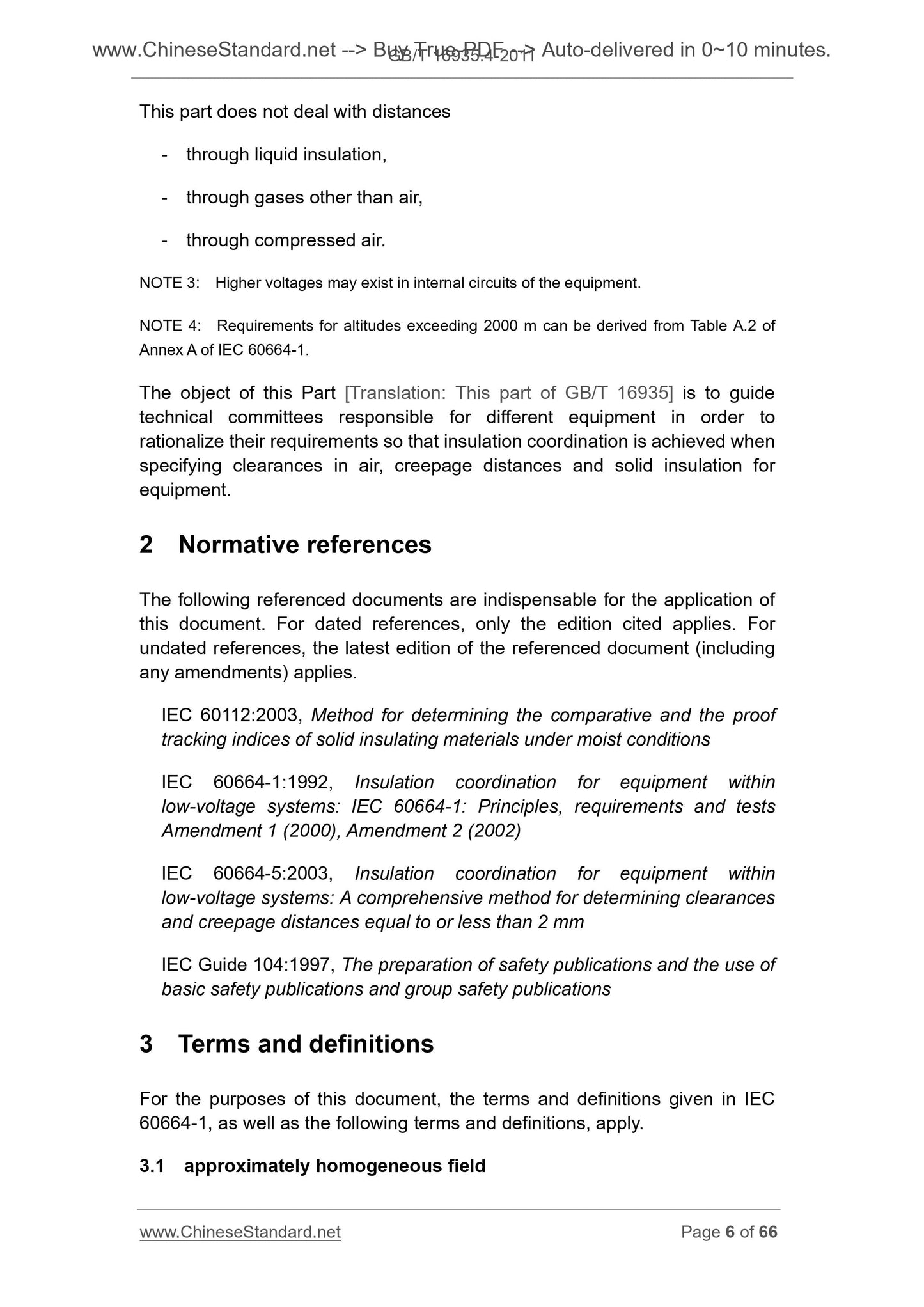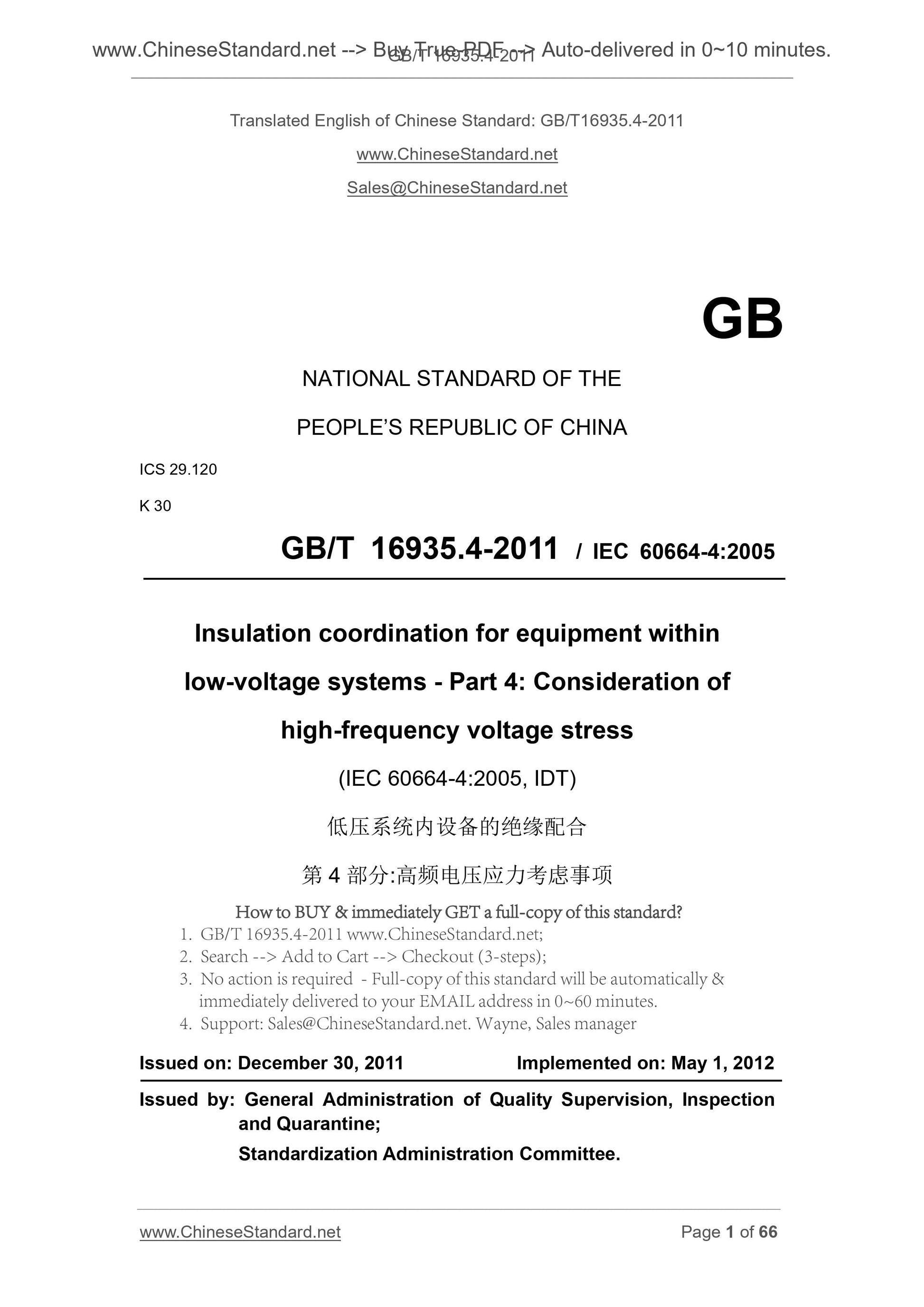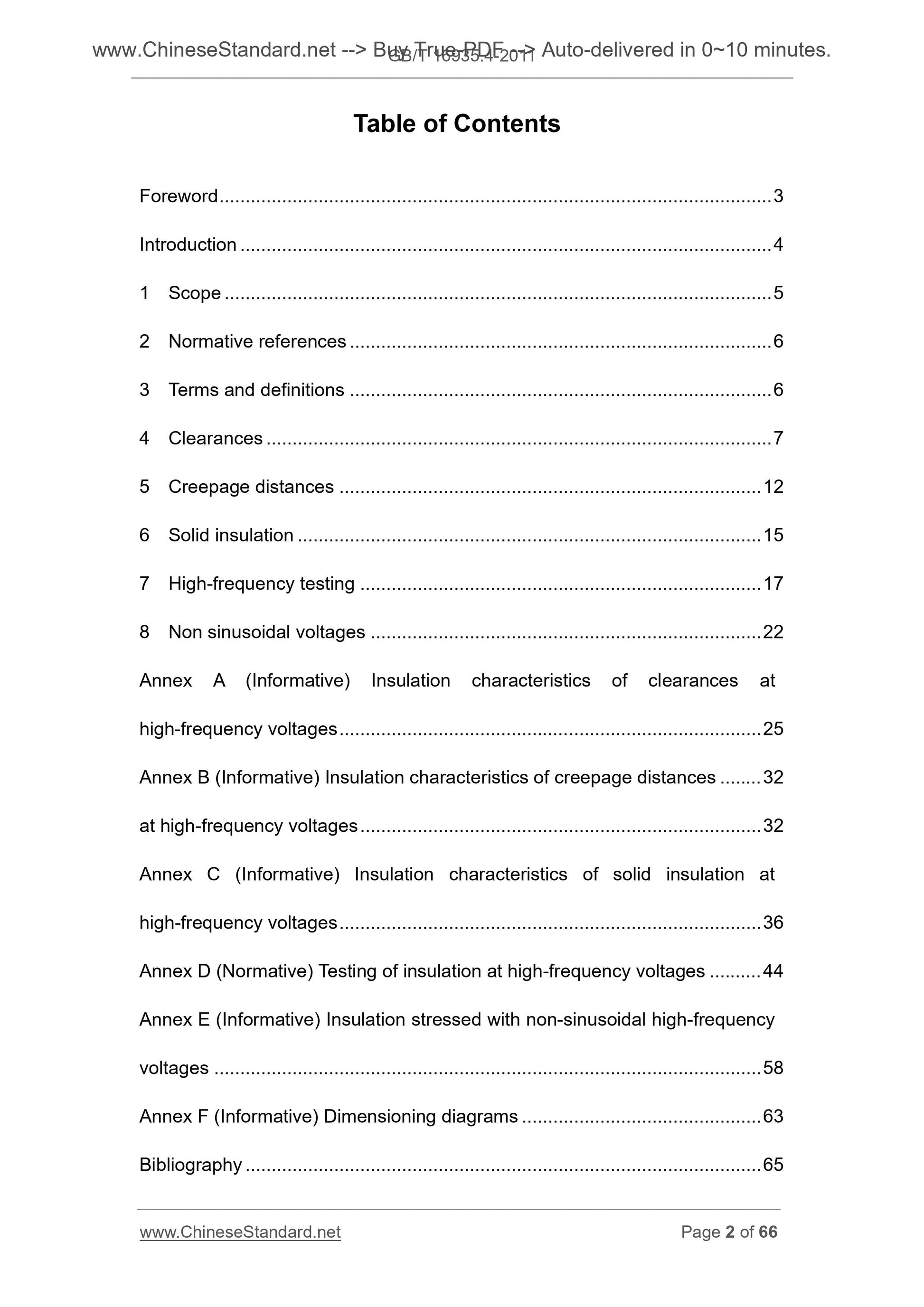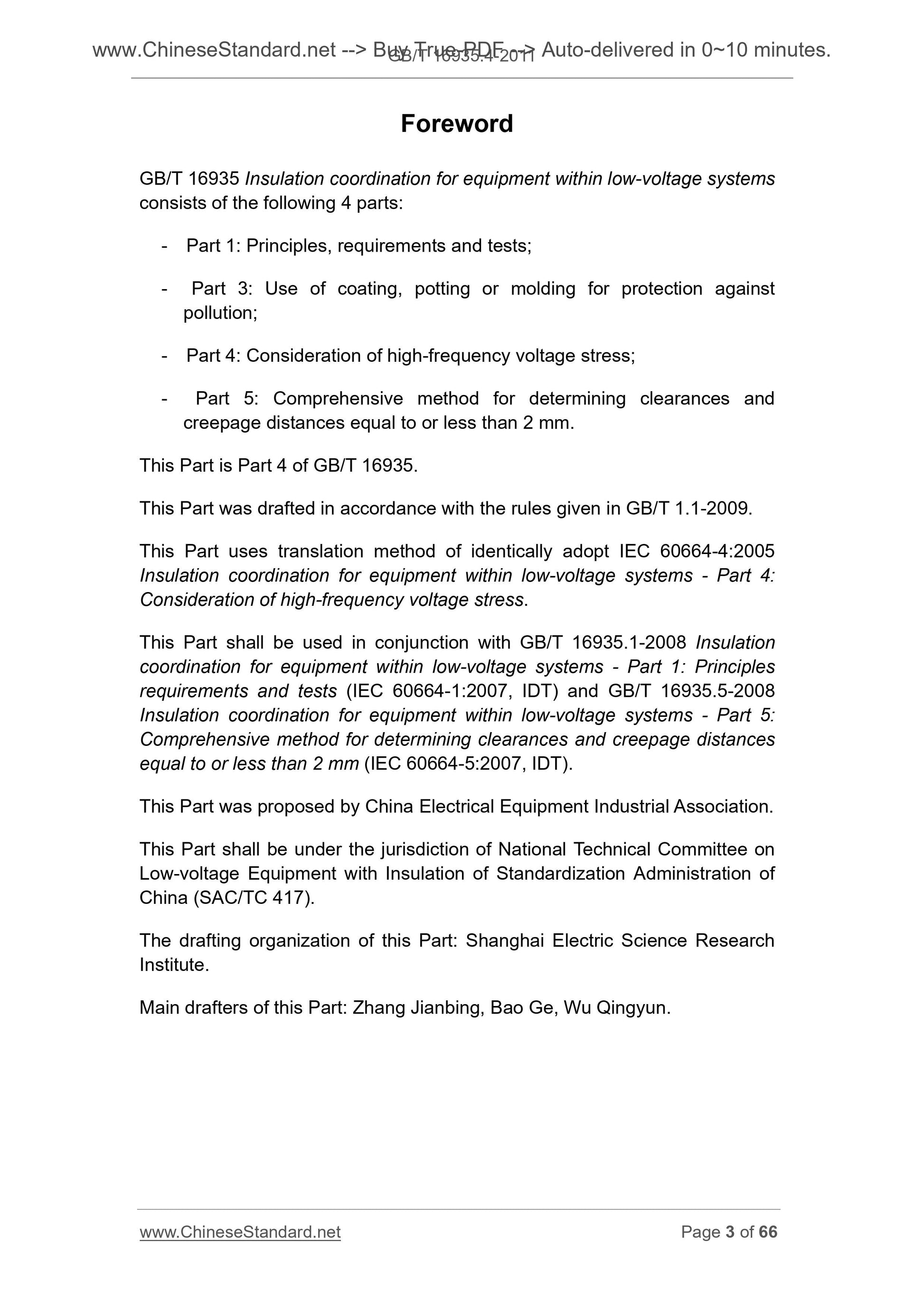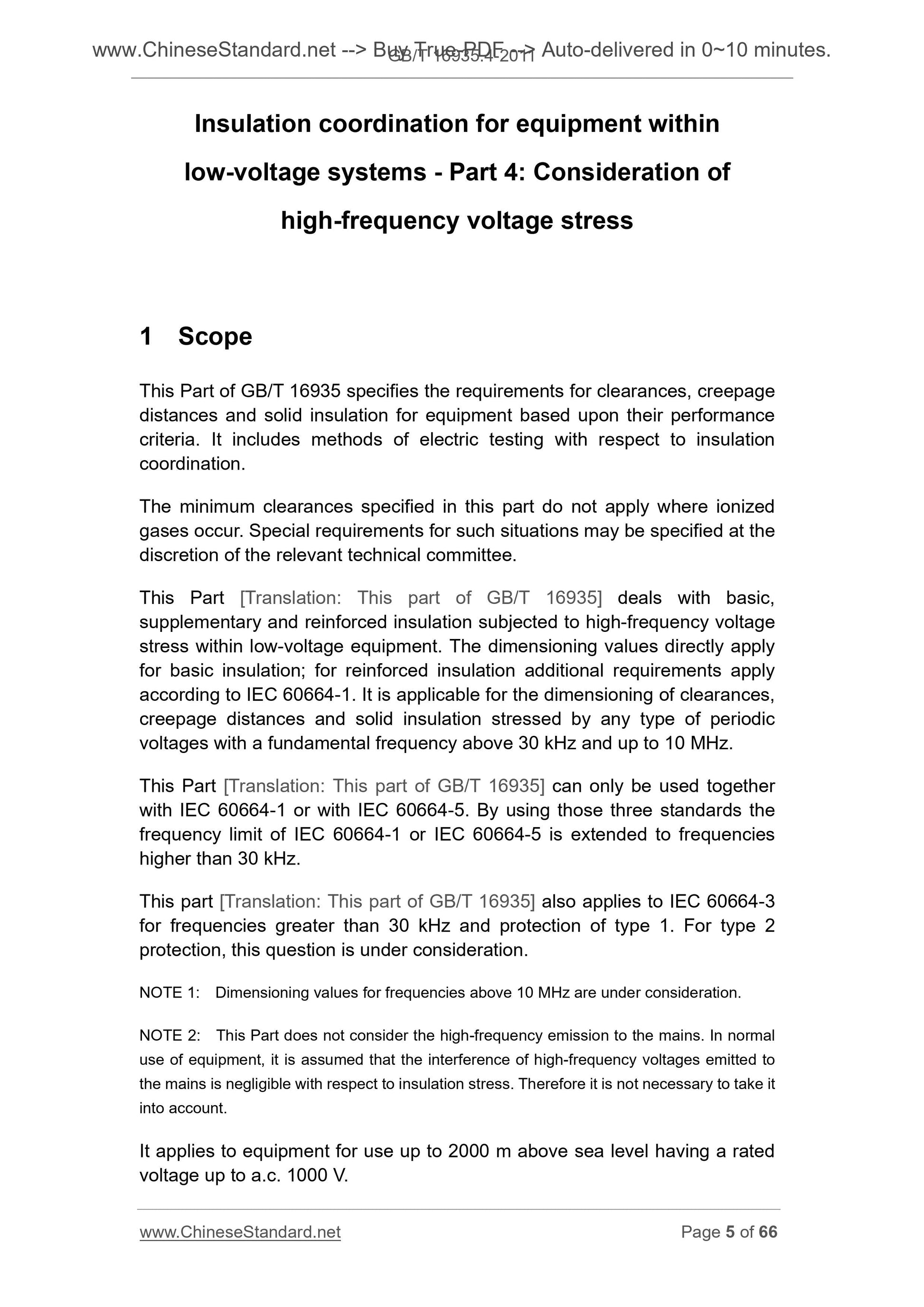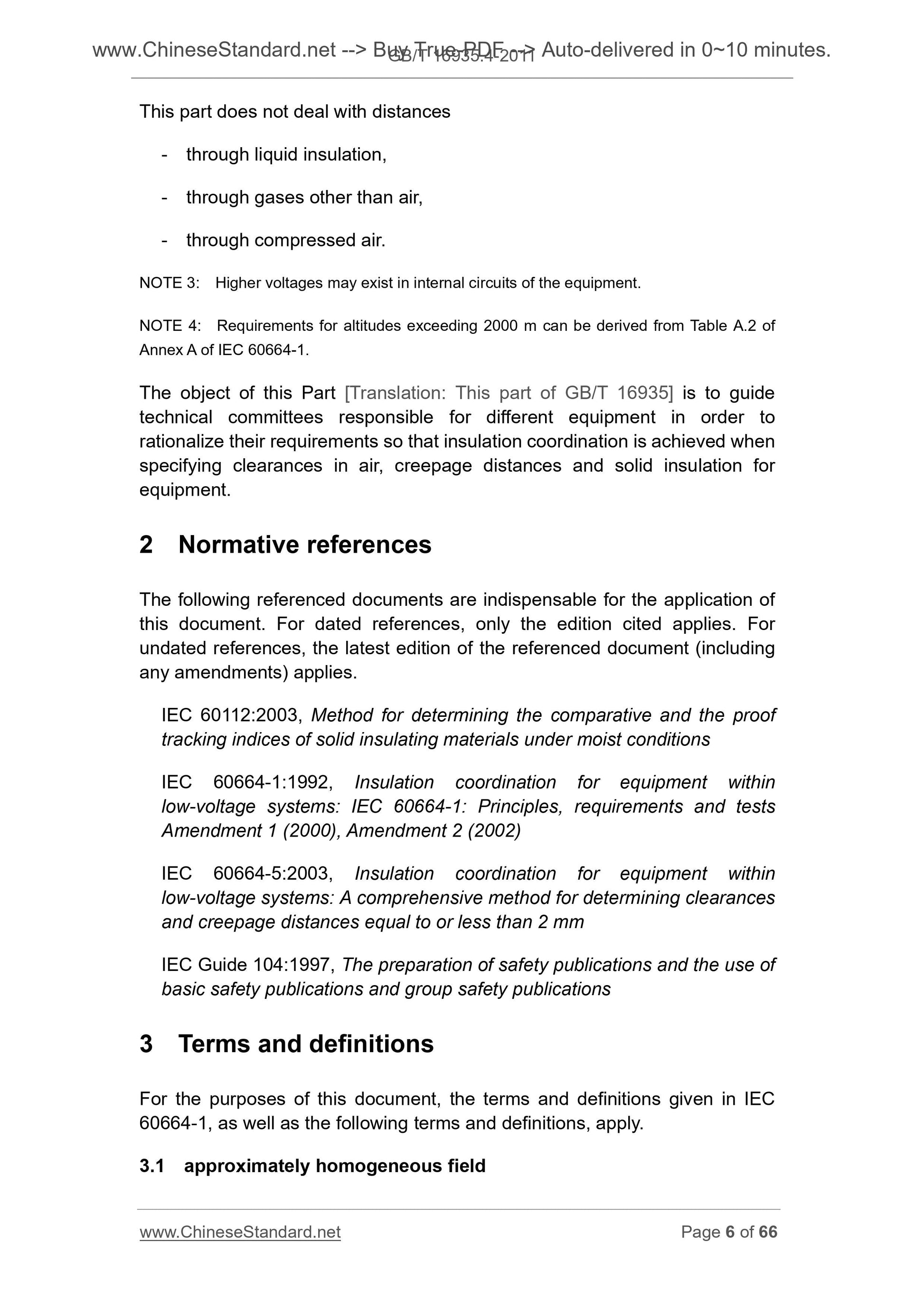1
/
of
5
www.ChineseStandard.us -- Field Test Asia Pte. Ltd.
GB/T 16935.4-2011 English PDF (GB/T16935.4-2011)
GB/T 16935.4-2011 English PDF (GB/T16935.4-2011)
Regular price
$285.00
Regular price
Sale price
$285.00
Unit price
/
per
Shipping calculated at checkout.
Couldn't load pickup availability
GB/T 16935.4-2011: Insulation coordination for equipment within low-voltage systems -- Part 4: Consideration of high-frequency voltage stress
Delivery: 9 seconds. Download (and Email) true-PDF + Invoice.Get Quotation: Click GB/T 16935.4-2011 (Self-service in 1-minute)
Newer / historical versions: GB/T 16935.4-2011
Preview True-PDF
Scope
This Part of GB/T 16935 specifies the requirements for clearances, creepagedistances and solid insulation for equipment based upon their performance
criteria. It includes methods of electric testing with respect to insulation
coordination.
Basic Data
| Standard ID | GB/T 16935.4-2011 (GB/T16935.4-2011) |
| Description (Translated English) | Insulation coordination for equipment within low-voltage systems -- Part 4: Consideration of high-frequency voltage stress |
| Sector / Industry | National Standard (Recommended) |
| Classification of Chinese Standard | K30 |
| Classification of International Standard | 29.120 |
| Word Count Estimation | 52,54 |
| Date of Issue | 2011-12-30 |
| Date of Implementation | 2012-05-01 |
| Quoted Standard | IEC 60112-2003; IEC 60664-1-1992; IEC 60664-5-2003; IEC GUIDE 104-1997 |
| Adopted Standard | IEC 60664-4-2005, IDT |
| Regulation (derived from) | Announcement of Newly Approved National Standards No. 22 of 2011 |
| Issuing agency(ies) | General Administration of Quality Supervision, Inspection and Quarantine of the People's Republic of China, Standardization Administration of the People's Republic of China |
| Summary | This standard specifies the electrical equipment clearances, creepage distances and solid insulation requirements. This section contains information about test methods for electrical insulation coordination. This section provides the minimum clearance values ??do not apply to the case of ionized gas exists for the special requirements of the case by the relevant provisions of the Technical Committee. This section applies to low -frequency withstand voltage stress within the device 's basic insulation, additional insulation and reinforced insulation. The size of the data portion of the insulation directly applicable to the basic insulation, For reinforced insulation, IEC 60664-1 given additional requirements apply, This section applies to the fundamental frequency in the range of 30kHz to 10MHz any type of Periodic Voltage conditions clearances, creepage distances and solid insulation to determine the size. This part should IEC 60664-1 and IEC 60664-5 used in conjunction with through the use of the above three criteria, can make the IEC 60664-1 and IEC 60664-5 voltage and frequency limits increased to 30kHz. When the voltage at frequencies above 30kHz, this section also applies to the type I IEC 60664-3 and protection. For type 2 protection are still under consideration. This section applies to applications at an altitude not exceeding 2000m environment, rated voltage not exceeding 1000V AC electrical equipment. This section does not apply to the following situations: in a liquid environment, addition to air the rest of the gas environment, in compressed air. |
Share
